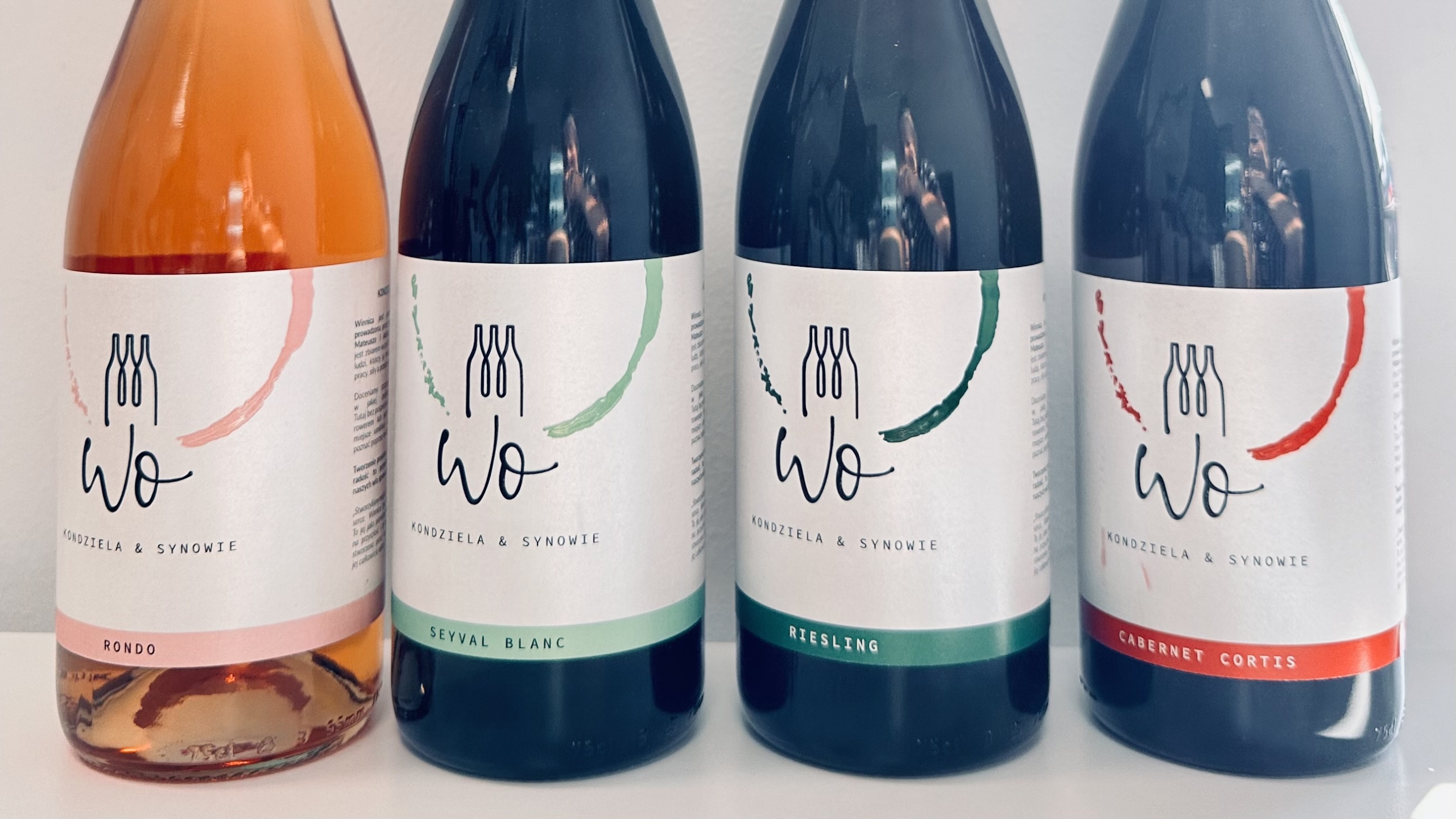ECO design
Part III
What elements are involved in the eco-design of labels?
In order to design a truly ecological label, it is first necessary to analyse the entire product life cycle, or LCA (Life Cycle Assessment) – a procedure that will define how the negative impact of the labelled packaging can be reduced at the various stages of the product’s life, from the acquisition of the material to the disposal of the packaging.
By analysing the self-adhesive material solutions available on the market and the recommendation published in various sources for the eco-design of packaging, we have developed a set of eco-design principles dedicated to self-adhesive labels.
The following strategies apply to a general approach without dividing it into packaging types, which we review with our customers on a case-by-case basis.
The Polish Agency for Enterprise Development has distinguished four main eco-design strategies:
- Design for sustainable sourcing of materials
- Design for Efficient Production and Distribution of Packaging
- Design for Safe and Longest Use of Packaging
- Design for Collection and Recovery of Materials
We have therefore aligned the general principles we have created with the above strategies.
1. Design for Sustainable Material Procurement
For self-adhesive labels, this will mainly involve:
- Maximising the use of recycled raw materials.
- Using renewable raw materials from sustainable sources.

2. Design for efficient packaging production and distribution
For labels this will be:
- Aiming for the lightest possible weight for labels to minimise the increase in packaging weight and generate less demand for raw materials and fewer emissions in transport.
- Using greener materials so that production waste has less negative impact on the environment.
- Minimising production waste and energy required to produce labels through appropriate graphic design.
- Selecting materials for labels taking into account acceptable material combinations and available recycling technologies.
3. Designing for safe and longest use of the packaging.
In the case of self-adhesive labels:
- Using removable labels for reusable packaging.
- -Avoiding the use of labels with toxic raw material or adhesive composition by substituting PVC-containing materials and solvent-based adhesives.

4. Design for collection and recovery of materials
- Appropriate matching of the label to the packaging so that recycling is possible without removing the label.
- If removal of the label is necessary, it should require as little energy as possible.
- Communication to consumers on how to dispose of the packaging with the label.





